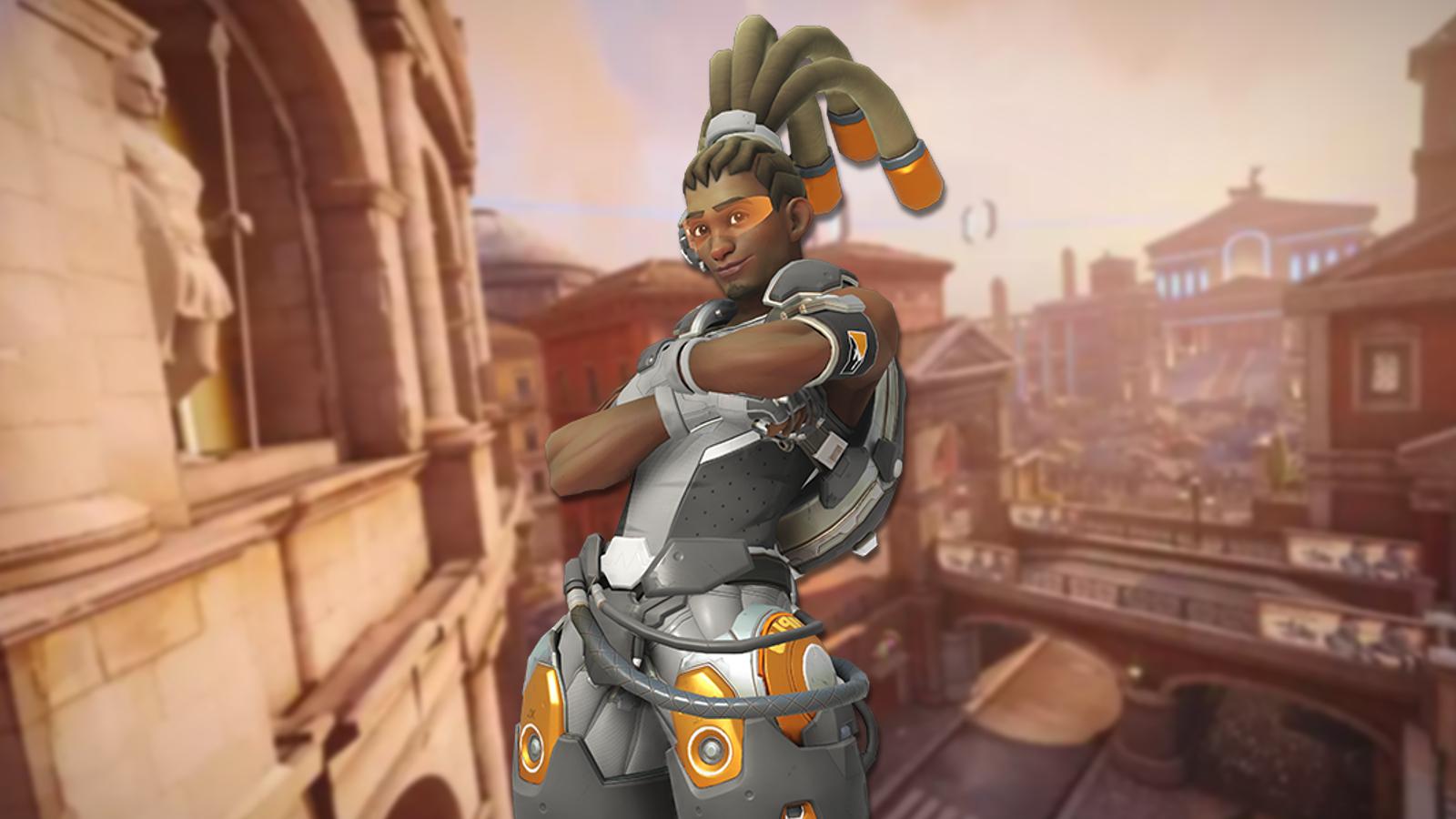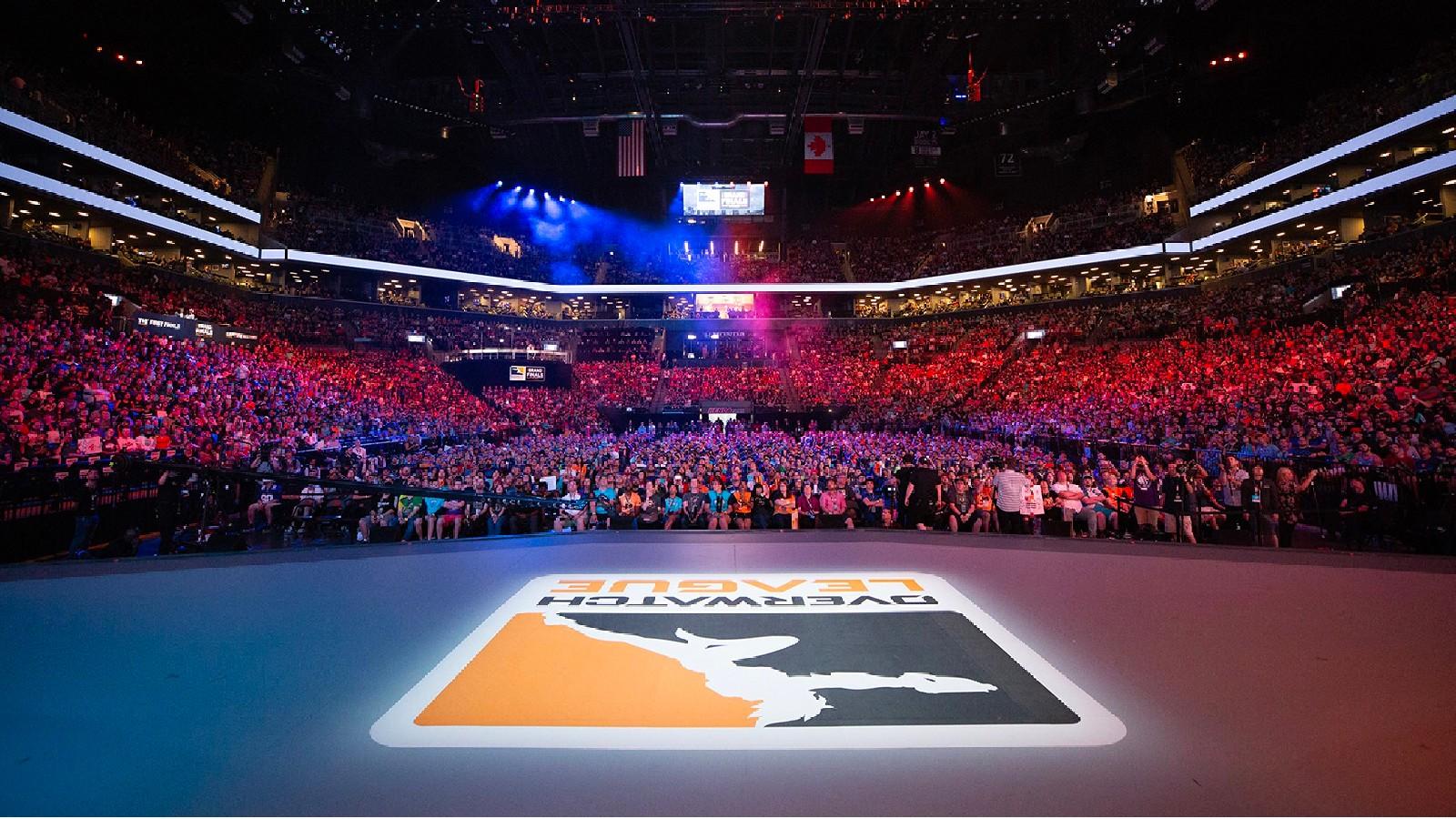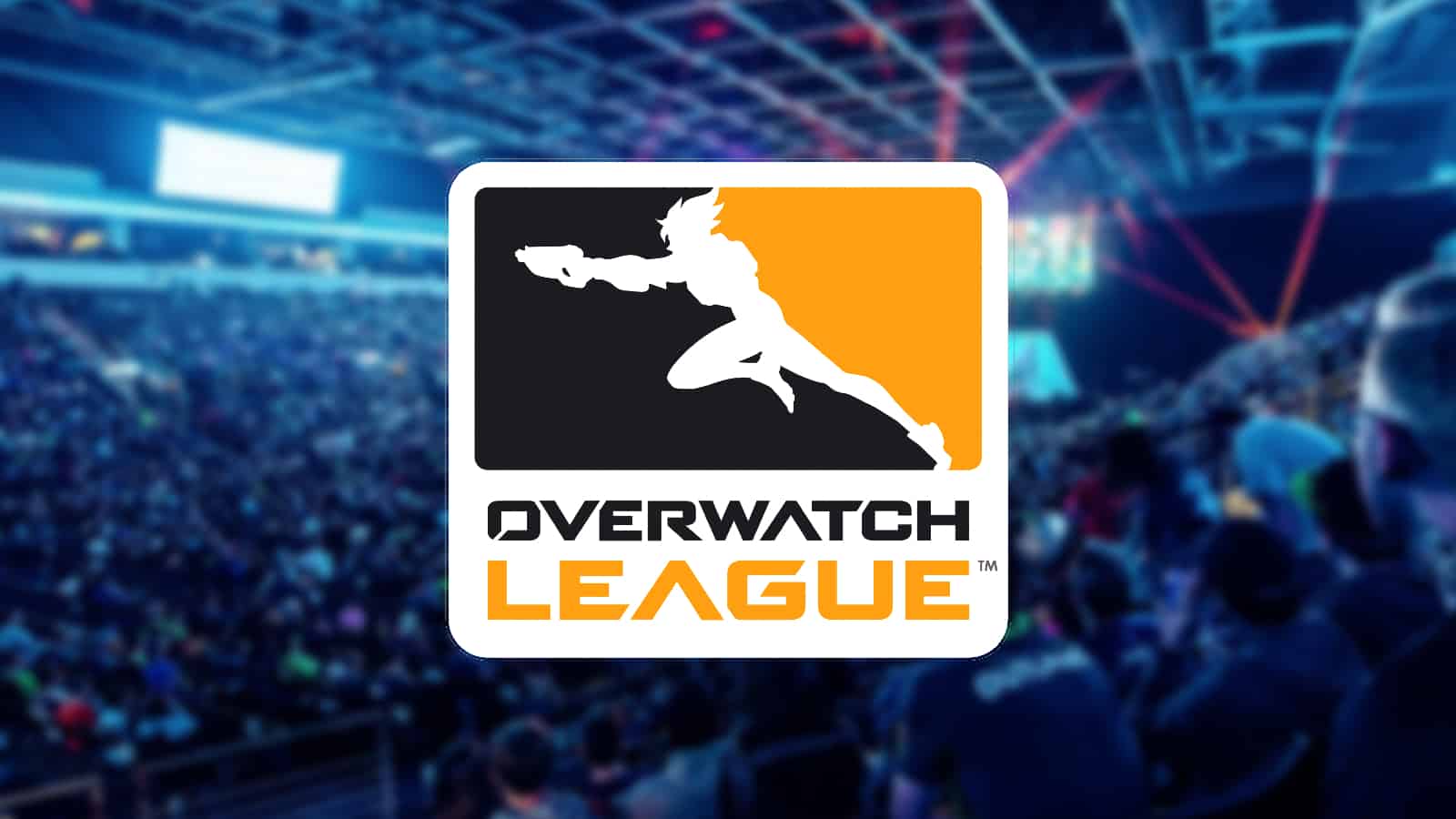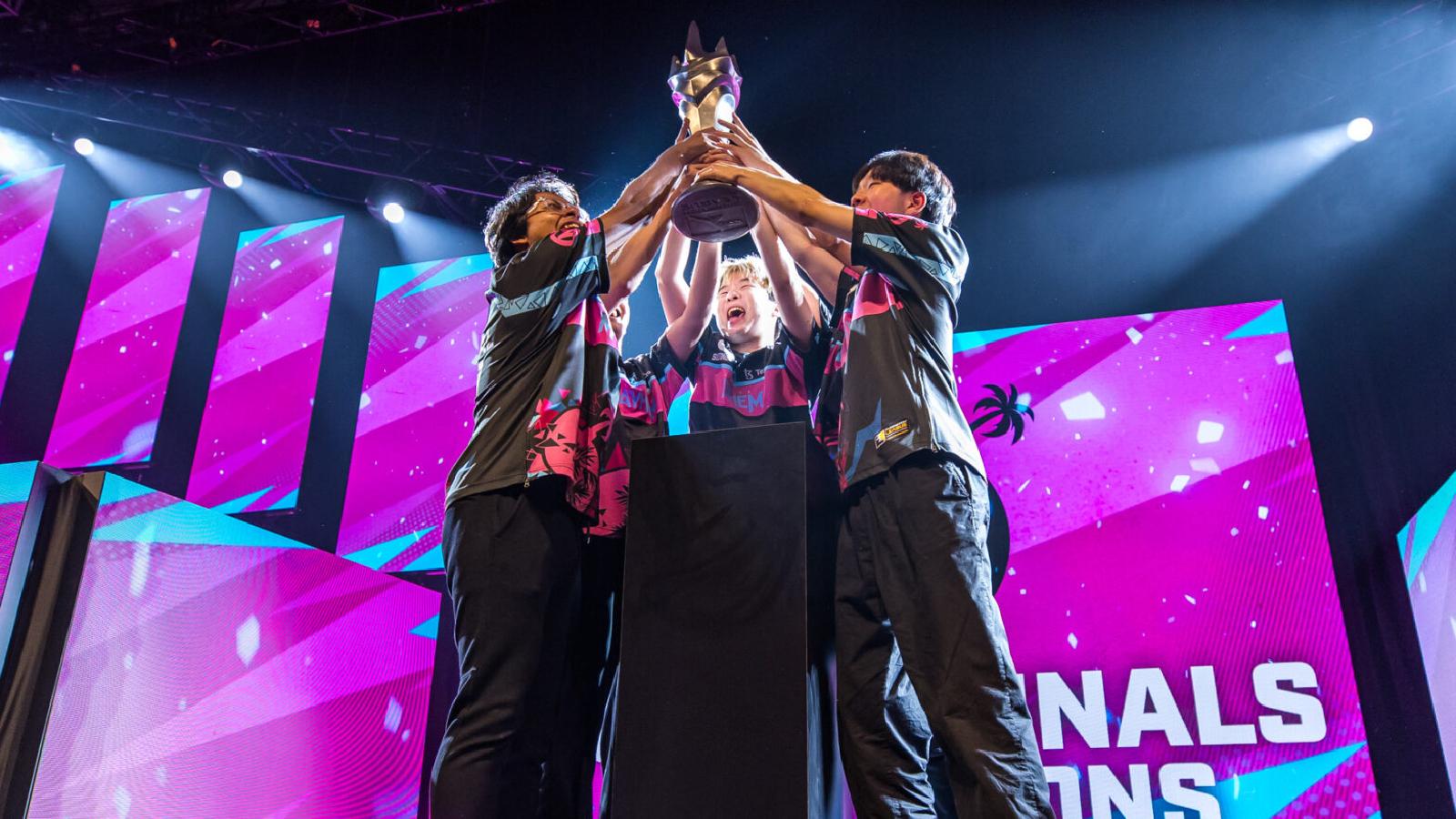Adam Fitch: Call of Duty League succeeds where the Overwatch League fails
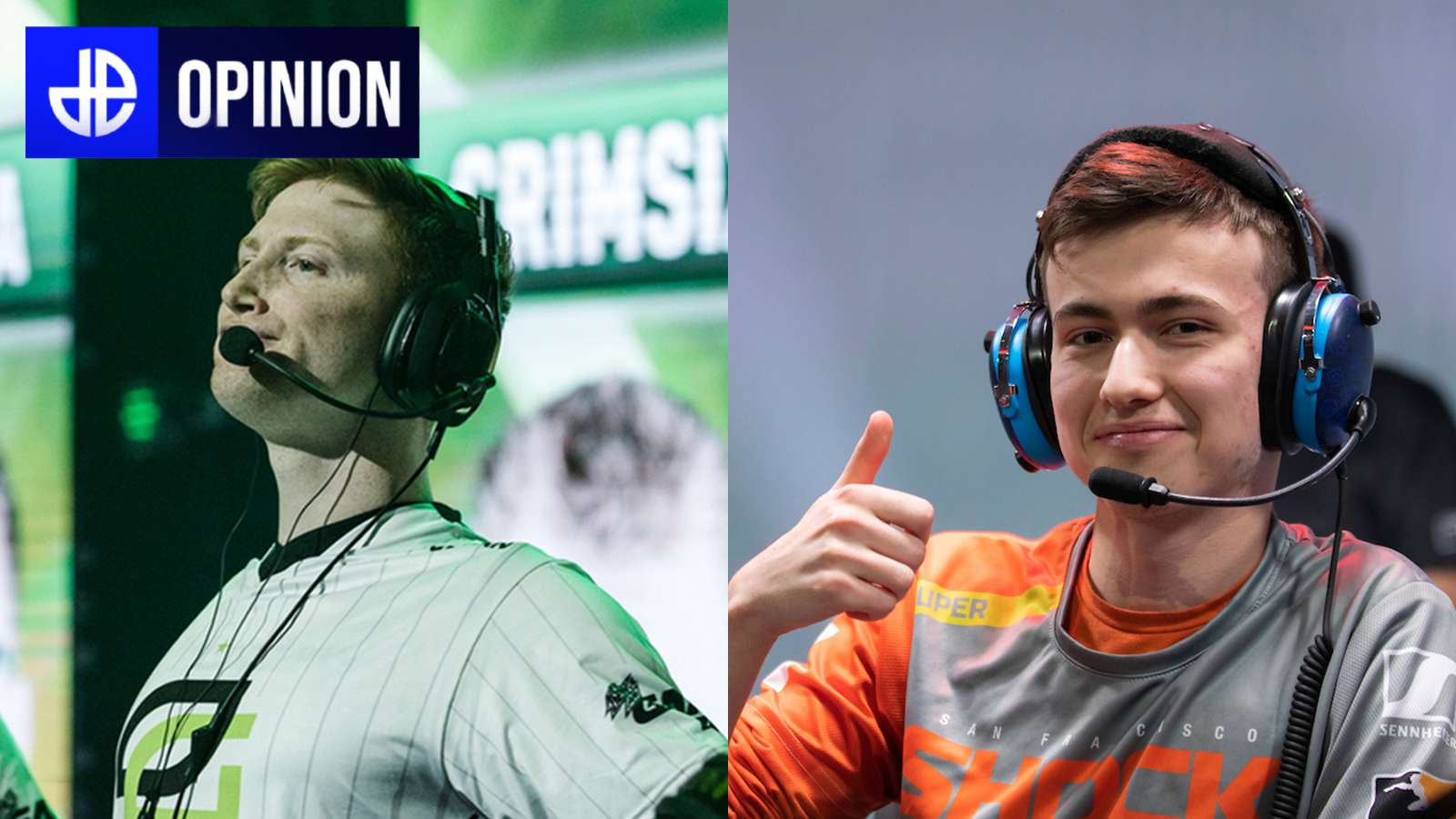 MLG/Robert Paul
MLG/Robert PaulActivision Blizzard are behind both the Call of Duty League and Overwatch League but one is better positioned for success than the other — surprisingly, it’s the newer competition that’s in a better state. Can the latter be saved by learning lessons from the former?
The Overwatch League is the most ambitious attempt at replicating a traditional sports model in esports to date. Charging anywhere from $30m to $60m for investors to acquire a city-based team, Activision Blizzard planned for the competition to thrive off of home events. We’re approaching the fourth season of the league and they’re yet to get this model off the ground.
After only three seasons, viewership is trending the wrong way. While the developer tried to pedal a narrative about it increasing by comparing different metrics year-on-year, the league’s viewership actually dropped 61.4% in Season 3 when compared to the metrics from 2019.
The Call of Duty League launched a couple of years after the Overwatch League but it seems much more promising. It’s not perfect by any stretch of the imagination but, with any hope, it will continue to grow and prove that different models can be viable in the industry. I had a look at some of the problems facing the OWL and how the CDL is positioned in these same areas. The results surprised me.
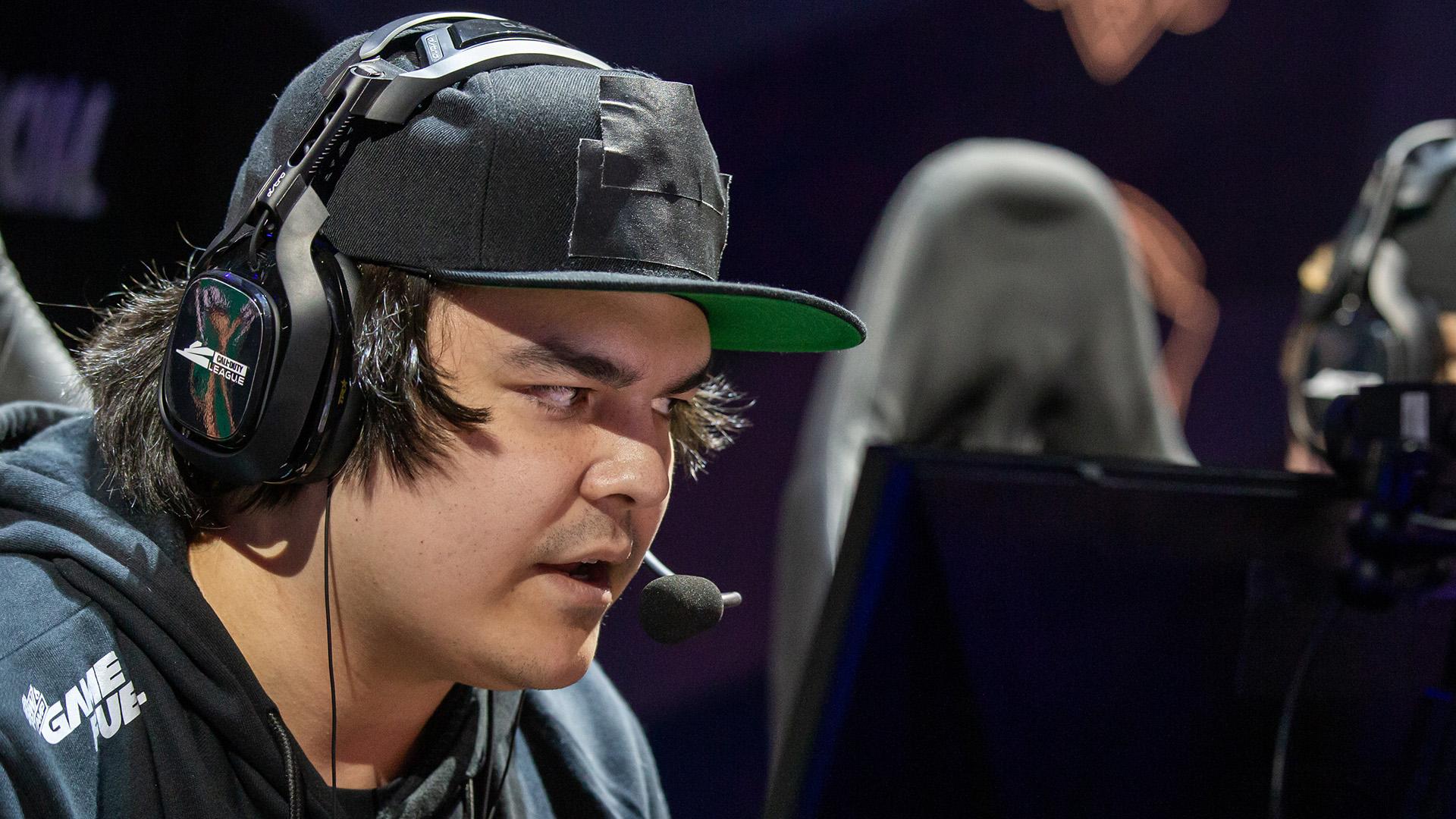 Call of Duty League
Call of Duty LeagueLeagues ahead of the competition
The stars of the show
Call of Duty esports has always been great for up-and-coming talent to have opportunities to prove themselves, especially when it comes to the year-ending World Championship. Open brackets allowed for newcomers to face off against veterans. Though this changed with the inception of the franchised league, in the most recent pre-season we saw unfamiliar faces get called up by franchise teams: Subliners’ HyDra and Legion’s Fire are prime examples.
- Read More: CDL 2021 schedule revealed
The path to pro for Overwatch has been criticized for years and, still, Activision Blizzard are yet to figure it out. As I get into below, the league more than ever needs a new crop of talent for its 20 teams to choose from as familiar professionals depart.
Despite the decent number of new faces entering the top ranks of competitive Call of Duty, there’s very little churn in the scene. There are veterans who have been competing for close to a decade, if not more. Fans are very familiar with Scump, Clayster, Crimsix, and Apathy, for example. In Overwatch League’s short lifespan, we’ve seen players come and go for numerous reasons — whether that’s for deplorable behavior, for burnout and health issues, or to move on to a completely new title. This is a worrying trend for the league.
By the numbers
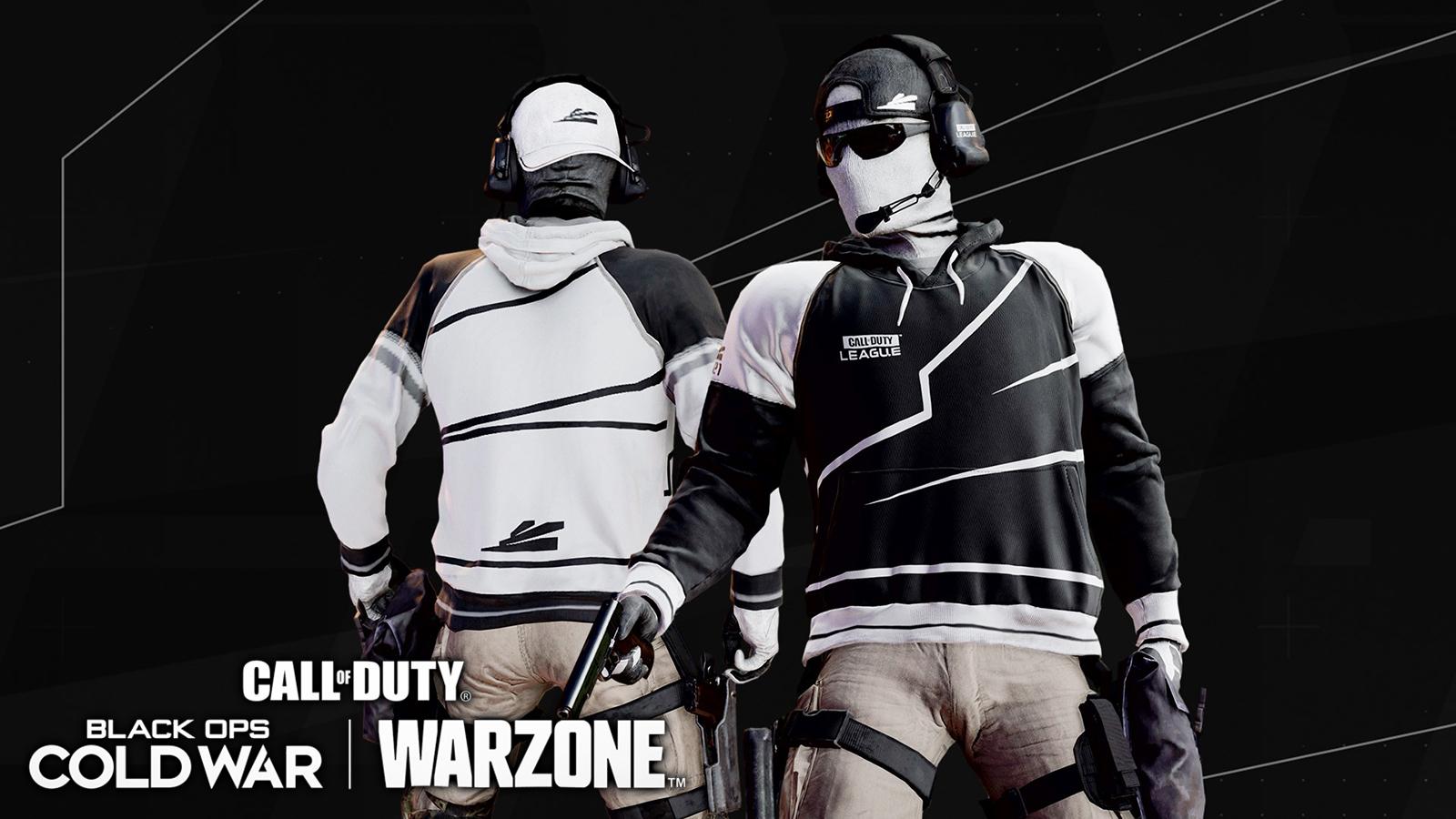 Activision
ActivisionData is a major component of decision-making in business. From what viewers respond to the most, to the best event format for ticket sales, to how best to integrate a broadcast in-game, measuring performance is important when attempting to optimizing performance. Call of Duty esports has been active, in an official sense, since at least 2007 with Call of Duty 4: Modern Warfare.
Overwatch in its entirety has only been in the public realm since mid-2016. There’s a lot more data for the developers to go on when it comes to Call of Duty — whether it’s currently utilized to its full potential or not is another matter, but it’s ready and waiting.
- Read More: CDL 2021 viewership rewards revealed
According to Twitchmetrics, Overwatch had an average of 15,326 viewers with a peak viewership of 64,710 in the past month. Warzone alone, the battle royale component in the oft-changing Call of Duty landscape, had an average viewership of 67,445 with 328,984 viewers. Cold War doubled the performance of Overwatch on a casual basis, too. A lot of competitive viewership comes from casual players and spectators, so it’s noteworthy that there’s much more interest in watching casual Call of Duty than casual Overwatch these days.
I’m not done yet…
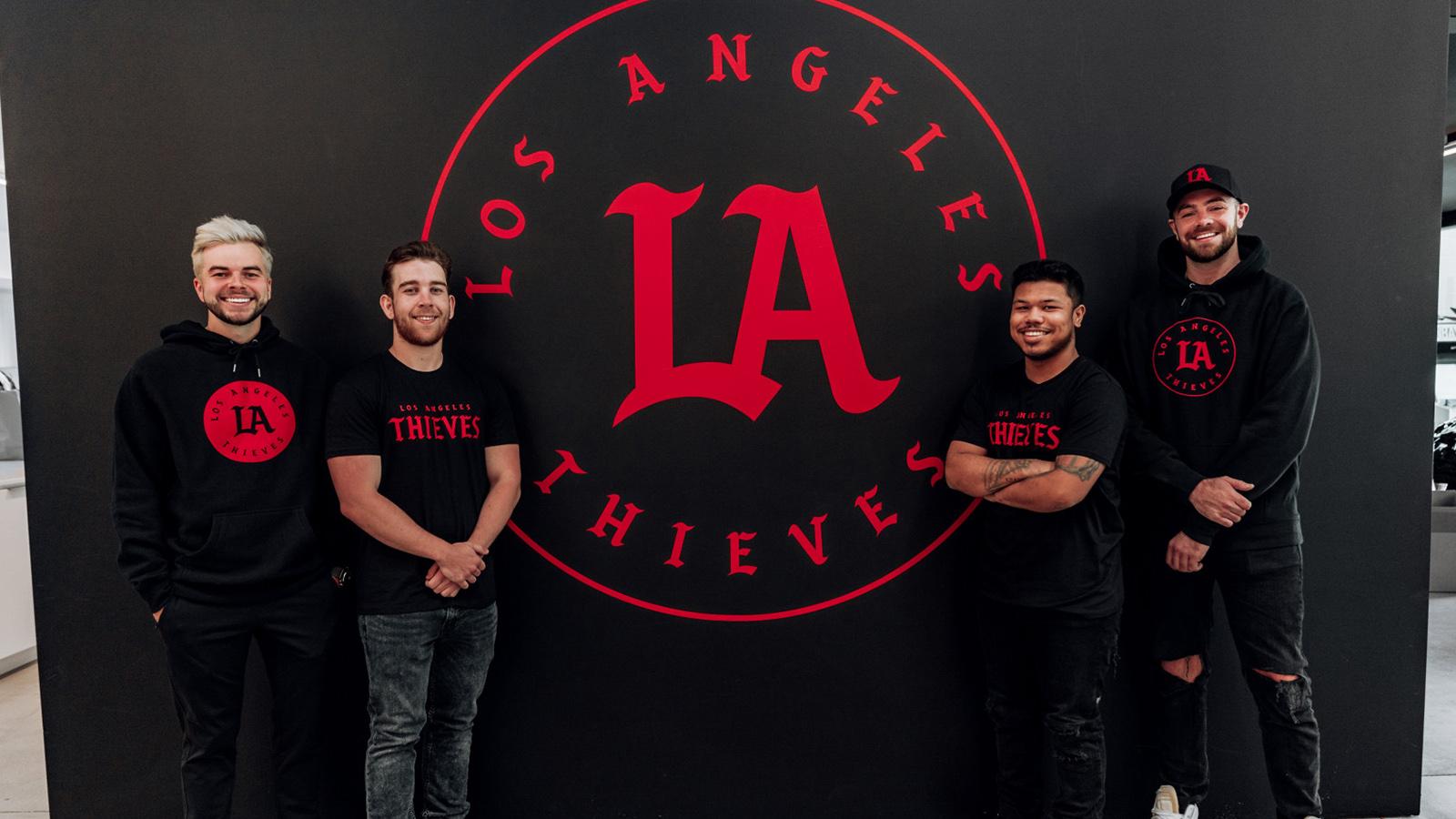 LA Thieves
LA ThievesOne important aspect of appealing to new viewers and, hopefully, long-term supporters is having a low barrier to entry. Just like with Counter-Strike and Rocket League, Call of Duty is easy to understand for those who are new to the game. All three of these titles have layers of complexity for more enthusiastic, nuanced spectators to bite into too. Overwatch — with its six-versus-six format, flitting meta, and character-based gameplay — requires a lot of baseline knowledge for fans to truly understand the prowess of the players on the mainstage. This is an inherent flaw with the game.
- Read More: LA Valiant drops entire roster & staff
Last, but perhaps one of the more crucial differences between the two leagues, is legacy. Overwatch League has 20 teams and over half of them are ran by ownership groups that were new to either operating a team or esports as a whole prior to this competition. This leaves them wide open to experiencing teething problems, which is even more problematic on a large-scale operation like the OWL. This means that plenty of the franchises weren’t attached to an existing organization with a fan base of their own, too, something that couldn’t be further from reality in the Call of Duty League.
The CDL only has one newcomer to the esports industry with its inaugural 12 franchises, and that’s Minnesota ROKKR. They tapped OpTic Gaming alum MiDNiTE to guide them through this tricky, unpredictable industry and that served them well. With teams like OpTic Gaming, FaZe Clan, and Team Envy having operated in CoD esports for years prior to these franchises being birthed, legacies and narratives were effectively carried over. This gave the CDL an inherent headstart, providing a fresh start while retaining a rich heritage.
No room for failure
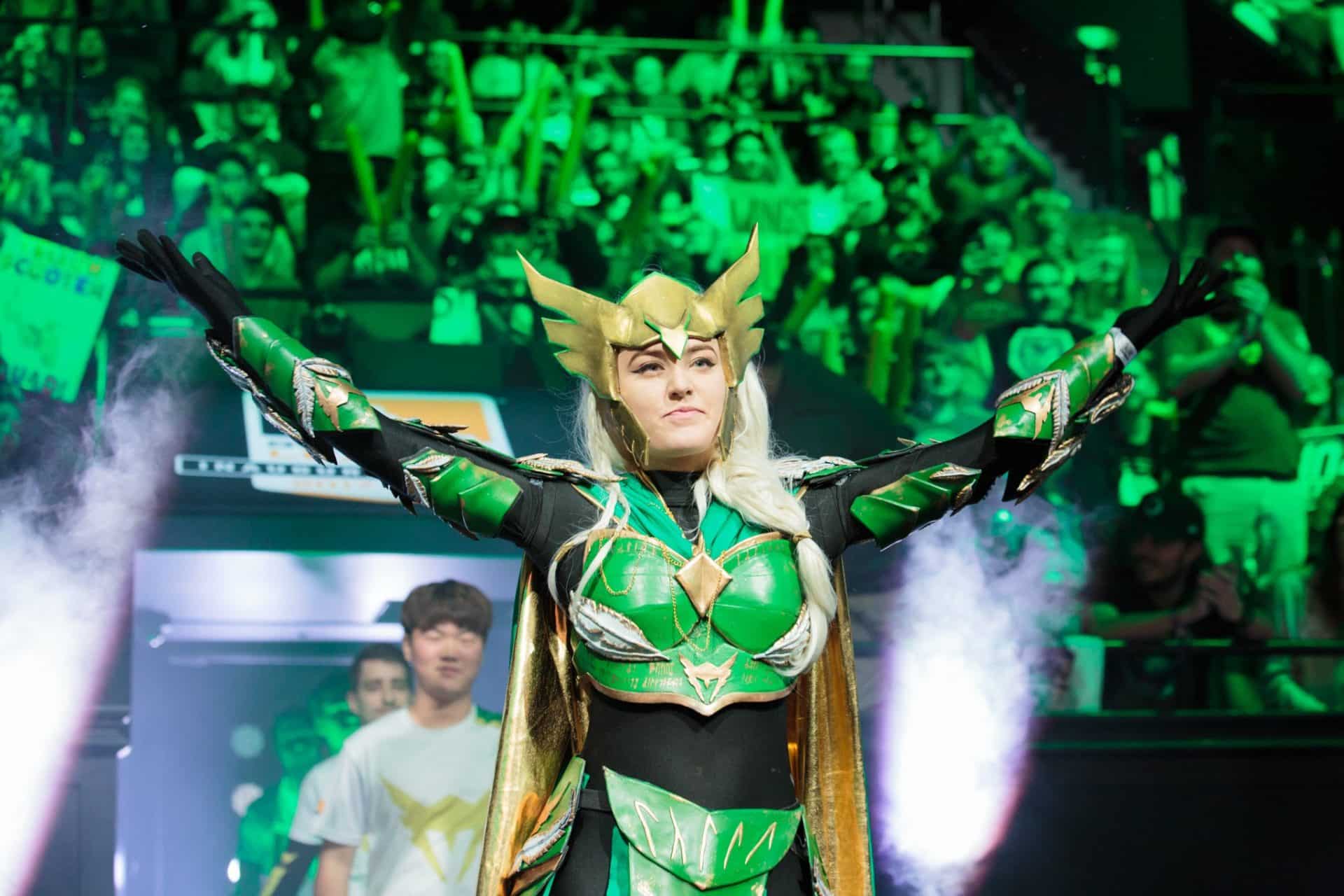 Activision Blizzard
Activision BlizzardIt’s in the industry’s best interest for the Overwatch League to succeed. For better or for worse, the league is an indicator of how worthy of investment esports is among business veterans outside of esports. The likes of Robert Kraft (Boston Uprising), the Kroenke family (Los Angeles Gladiators, Los Angeles Guerrillas), and Gary Vaynerchuk (Minnesota ROKKR) are involved with Activision Blizzard’s franchised leagues and you’d be silly to assume that their contemporaries and competition aren’t paying attention to the moves they’re making.
If the Overwatch League folds after four or five years, it would suggest to those who aren’t too savvy that esports is a bad investment. It’s much easier for elder businesspeople to understand the long-standing models from traditional sports – of which, Overwatch League is inspired by – and thus they may well think: “This model works in sports so it should be in esports.”
Those who think this way may well not be the people we want in the industry, but I’d wager that they’ll play a not-insignificant role in funding and mainstream adoption in the next couple of decades. Let’s hope Call of Duty League can serve as an example for its sister league and Activision Blizzard make the rights call for the long-term success of this emblematic conversation.
